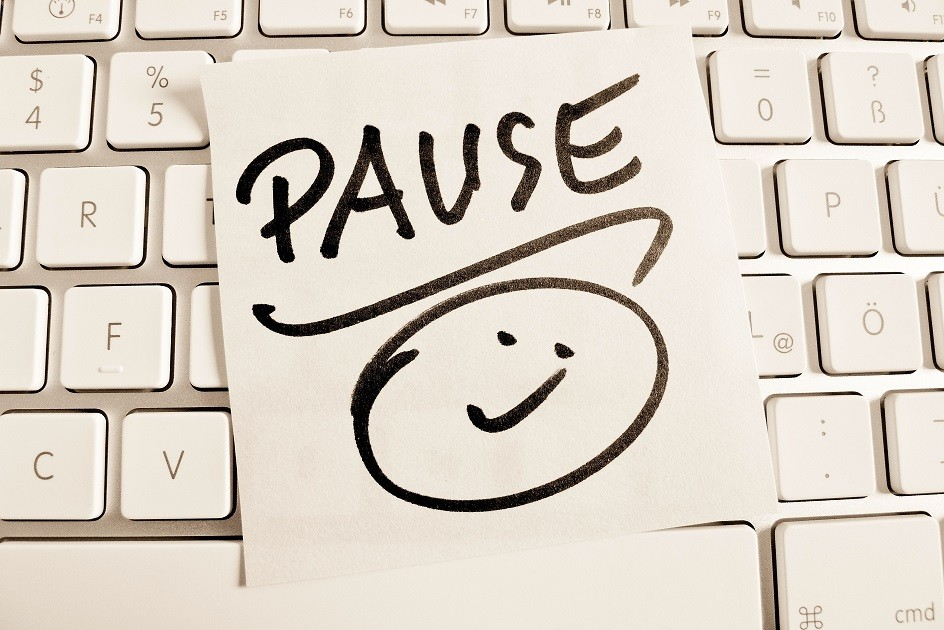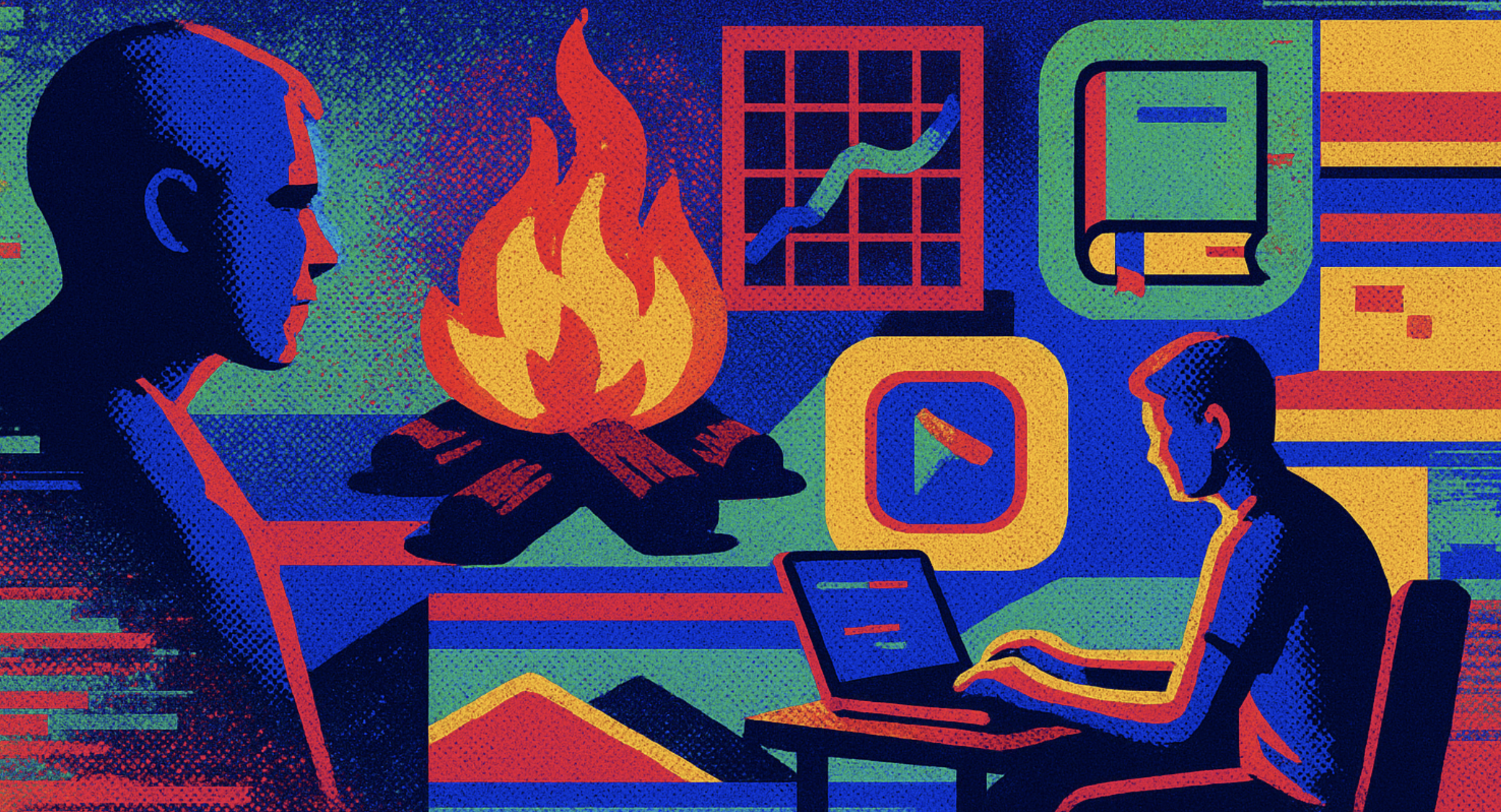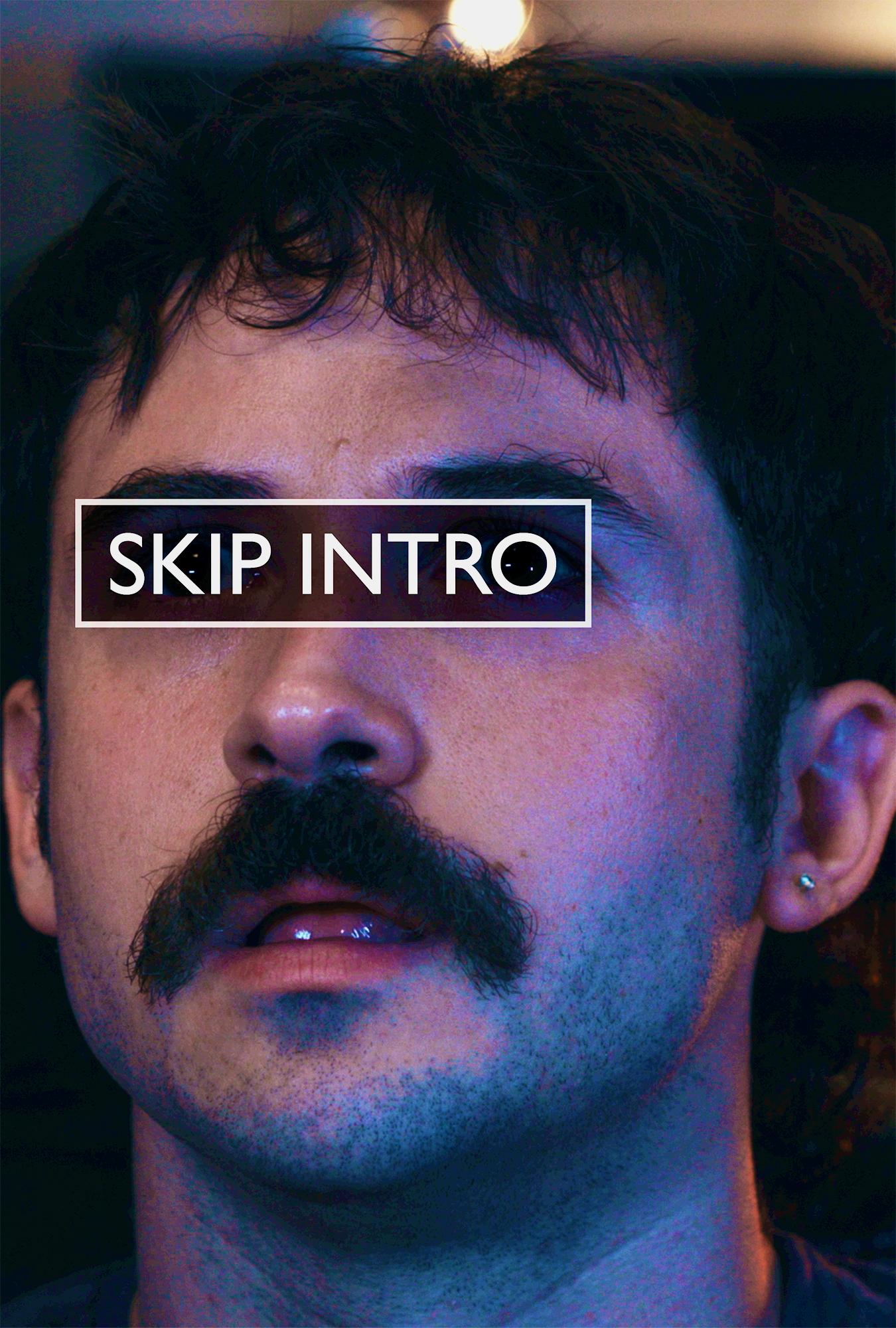
•
10 min read
Designing the Pause: The Quiet Power of Interrupting Habit
Good design moves people. But behavioral design makes us ask something deeper:
Where are we moving them, and why?
That question stuck with me during a project I worked on for Laura McDermott’s class on behavioral design. We were looking at fast fashion, and how so much of what drives people to buy isn’t really a decision. It’s automatic. A loop that starts with a mirror, a discount sign, a trending color, or an ad that knows you better than you know yourself.
We asked: what if we could interrupt that? Not with a warning, not with a guilt trip, but with a question.
We created a campaign called Look de Impacto — posters that paired stylish silhouettes with images of polluted rivers, carbon footprints, and textile waste. They were placed in metro stations, where people often scroll, move fast, and make decisions on the go. We didn’t say “don’t buy this.” We asked “is this look worth the impact?”
.jpg?width=3840&quality=90&format=auto)
Just that. A pause. A moment of friction. A small space between wanting and doing.
That space is where something can shift.
We talk a lot about nudging people toward better choices.
And I get it, design has that power. But I also think we live in a world that is already full of nudges. Constant alerts, pop-ups, recommendations, reminders, endless little signals pointing us somewhere.
So maybe the most powerful thing to design right now … is nothing.
I keep coming back to the idea of a musical rest.
That little piece of silence between notes that gives a melody its rhythm, its breath, its emotion. Without the silence, music would just be noise.
Design can work like that too. Sometimes what matters most isn’t what we add, but what we hold, what we leave open, so someone else can step in and notice something for themselves.
This course reminded me that good design isn’t just about flow or visibility or engagement. It’s also about care. About offering people the chance to notice what they’re part of and maybe, if only for a second, choose a different rhythm.
As I move forward in my practice, I want to remember that.
That silence can be designed. And sometimes, a pause is the most generous thing we can make.





